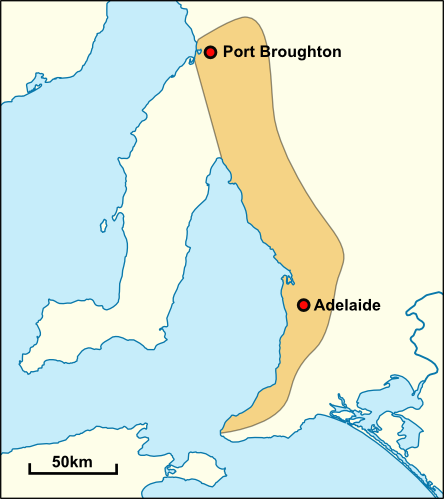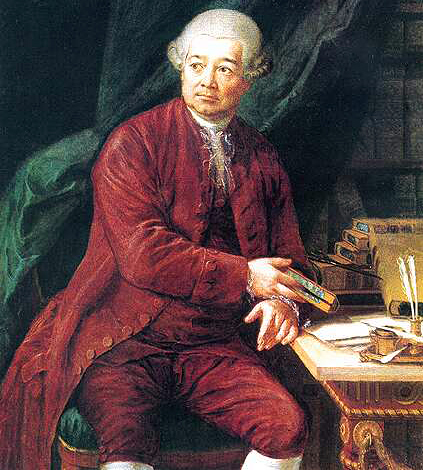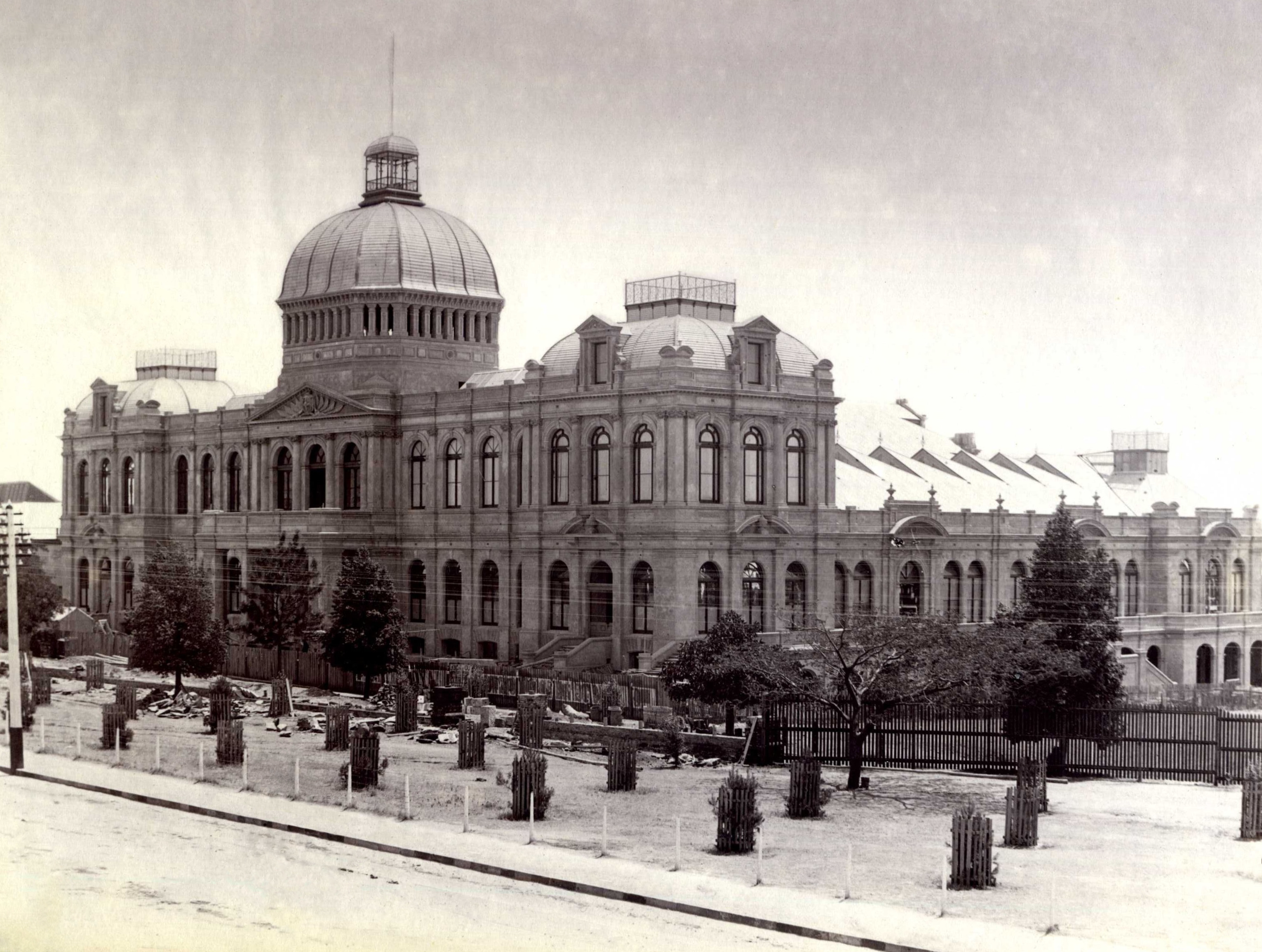|
Nepabunna
Nepabunna, also spelt Nipapanha, is a small community in the northern Flinders Ranges in north-eastern South Australia, about north of Adelaide. It is located just west of the Gammon Ranges, and the traditional owners are the Adnyamathanha people. The settlement was originally established as Nepabunna Mission in 1931, becoming the Local government in Australia, local government area (LGA) of Nepabunna Community Council with the establishment of a council in 1998. Iga Warta is a separate, independently run small cultural tourism enterprise within the LGA. The Nipabanha Community Aboriginal Corporation runs the Indigenous Protected Area (IPA) over land known as Nantawarrina, once a Station (Australian agriculture), station for mixed livestock. At the 2016 Australian census, Nepabunna had a population of 66. Access is via the main Copley, South Australia, Copley to Balcanoona road. History The land upon which Nepabunna is situation lies within the traditional lands of the Adnyamat ... [...More Info...] [...Related Items...] OR: [Wikipedia] [Google] [Baidu] |
Adnyamathanha
The Adnyamathanha (Pronounced: ) are a contemporarily formed grouping of several distinct Aboriginal Australian peoples of the northern Flinders Ranges, South Australia. The ethnonym Adnyamathanha was an alternative name for the Wailpi but the contemporary grouping also includes the Guyani, Jadliaura, Pilatapa and sometimes the Barngarla peoples. The origin of the name is in the words "adnya" ("rock") and "matha" ("group" or "group of people"). Adnyamathanha is also used to refer to their traditional language, although Adnyamathanha people themselves call their language "yura ngarwala" (roughly translated as "our speech") and refer to themselves as "yura". There is a community of Adnyamathanha people at Nepabunna, just west of the Gammon Ranges, which was established as a mission station in 1931. The Adnyamathanha people have run Nantawarrina IPA, the first Indigenous Protected Area in Australia, since 1998. Country According to David Horton's map "Aboriginal Austr ... [...More Info...] [...Related Items...] OR: [Wikipedia] [Google] [Baidu] |
Indigenous Protected Area
An Indigenous Protected Area (IPA) is a class of protected area used in Australia; each is formed by voluntary agreement with Indigenous Australians, and declared by Aboriginal Australians and Torres Strait Islander representative organisations. Each is formally recognised by the Australian Government as being part of its National Reserve System. The areas may comprise land and sea, and are managed by Indigenous groups for the conservation of biodiversity. Managing IPAs also helps to protect the cultural values of their country for future generations, and has benefits for Indigenous health, education, economic and social cohesion. Text may have been copied from this source, which is available under aAttribution 3.0 Australia (CC BY 3.0 AU)licence. As of 2020, there were 78 IPAs, covering around 46.53% of the National Reserve system. In September 2021, a further seven IPAs were declared, which will lead to IPAs comprising more than half of Australia's National Reserve System ... [...More Info...] [...Related Items...] OR: [Wikipedia] [Google] [Baidu] |
United Aborigines Mission
The United Aborigines Mission (UAM) (also known as UAM Ministries, United Aborigines' Mission (Australia), and United Aborigines' Mission of Australia) was one of the largest missions in Australia, having dozens of missionary, missionaries and stations, and covering Western Australia, New South Wales and South Australia in the 1900s. It was first established in New South Wales in 1895. The UAM ran residential institutions for the care, education and conversion to Christianity of Aboriginal children, mostly on mission stations or in children's homes. It was mentioned in the ''Bringing Them Home, Bringing Them Home Report'' (1997) as an institution that housed Stolen Generations, Indigenous children forcibly removed from their families. UAM-operated missions In 1924 the UAM opened its first mission at Oodnadatta. In 1926 the mission moved to Quorn, South Australia, Quorn, where it was called the Colebrook Children's Home. The UAM also opened missions at Swan Reach, South Austral ... [...More Info...] [...Related Items...] OR: [Wikipedia] [Google] [Baidu] |
Thomas Harvey Johnston
Thomas Harvey Johnston (9 December 1881 – 30 August 1951) was an Australian biologist and parasitologist. He championed the efforts to eradicate the invasive Opuntia, prickly pear. Life and times Johnston was born in 1881 at Balmain, Sydney, Australia the son of Thomas Johnston, an Irish-born foreman Bricklayer, mason, and his Australian-born wife Mary, née McLeod. On 1 January 1907, Johnston married Alice Maude Pearce at Petersham, New South Wales, Australia. On 30 August 1951, he died of coronary thrombosis at Adelaide, South Australia. He was survived by his wife and daughter. His son predeceased him. He was cremated.Cleland, J. B. (1952). Thomas Harvey Johnston. The Medical Journal of Australia. 1(12): 422.Editor. (2009). Johnston, T. Harvey, (Thomas Harvey). Trove. National Library of Australia. Academic career Johnston attended Sydney Teachers College and received the Jones Memorial Medal. He then attended the University of Sydney and earned a BA in 1906, the BSc and MA ... [...More Info...] [...Related Items...] OR: [Wikipedia] [Google] [Baidu] |
Lyndhurst, South Australia
Lyndhurst is a town in north-east South Australia which is at the crossroads of the Strzelecki Track and the Oodnadatta Track. It began as a railway siding in 1878. History The original inhabitants of the area were the Aboriginal nation of the Kuyani people. The town is at the southern end of the Strzelecki Track, whose northern end is at Innamincka. It was once a station on the original train route north known as the Great Northern Railway that was planned to reach Darwin, but only ever made it to Alice Springs. This railway line became known as the Ghan, and the last train ran along it in 1980. The route was always subject to the weather and wash outs, and a more permanent route has been constructed some to the west, and subsequently extended to Darwin in 2003. 80 km to the north is Marree, a small town that is at the junction of the Oodnadatta and Birdsville Tracks. Lyndhurst was gazetted as a town in 1896, and initially served as a freight centre for the railwa ... [...More Info...] [...Related Items...] OR: [Wikipedia] [Google] [Baidu] |
Adelaide
Adelaide ( , ; ) is the list of Australian capital cities, capital and most populous city of South Australia, as well as the list of cities in Australia by population, fifth-most populous city in Australia. The name "Adelaide" may refer to either Greater Adelaide (including the Adelaide Hills) or the Adelaide city centre; the demonym ''Adelaidean'' is used to denote the city and the residents of Adelaide. The Native title in Australia#Traditional owner, traditional owners of the Adelaide region are the Kaurna, with the name referring to the area of the city centre and surrounding Adelaide Park Lands, Park Lands, in the Kaurna language. Adelaide is situated on the Adelaide Plains north of the Fleurieu Peninsula, between the Gulf St Vincent in the west and the Mount Lofty Ranges in the east. Its metropolitan area extends from the coast to the Adelaide Hills, foothills of the Mount Lofty Ranges, and stretches from Gawler in the north to Sellicks Beach in the south. Named in ho ... [...More Info...] [...Related Items...] OR: [Wikipedia] [Google] [Baidu] |
Photographer
A photographer (the Greek φῶς (''phos''), meaning "light", and γραφή (''graphê''), meaning "drawing, writing", together meaning "drawing with light") is a person who uses a camera to make photographs. Duties and types of photographers As in other arts, the definitions of amateur and professional are not entirely categorical. An ''amateur photographer'' takes snapshots for pleasure to remember events, places or friends with no intention of selling the images to others. A ''professional photographer'' is likely to take photographs for a session and image purchase fee, by salary or through the display, resale or use of those photographs. A professional photographer may be an employee, for example of a newspaper, or may contract to cover a particular planned event such as a wedding or graduation, or to illustrate an advertisement. Others, like fine art photographers, are freelancers, first making an image and then licensing or making printed copies of it for s ... [...More Info...] [...Related Items...] OR: [Wikipedia] [Google] [Baidu] |
Ethnologist
Ethnology (from the , meaning 'nation') is an academic field and discipline that compares and analyzes the characteristics of different peoples and the relationships between them (compare cultural, social, or sociocultural anthropology). Scientific discipline Compared to ethnography, the study of single groups through direct contact with the culture, ethnology takes the research that ethnographers have compiled and then compares and contrasts different cultures. The term ''ethnologia'' (''ethnology'') is credited to Adam Franz Kollár (1718–1783) who used and defined it in his ''Historiae ivrisqve pvblici Regni Vngariae amoenitates'' published in Vienna in 1783. as: "the science of nations and peoples, or, that study of learned men in which they inquire into the origins, languages, customs, and institutions of various nations, and finally into the fatherland and ancient seats, in order to be able better to judge the nations and peoples in their own times." Kollár's inter ... [...More Info...] [...Related Items...] OR: [Wikipedia] [Google] [Baidu] |
Charles P
Charles is a masculine given name predominantly found in English and French speaking countries. It is from the French form ''Charles'' of the Proto-Germanic name (in runic alphabet) or ''*karilaz'' (in Latin alphabet), whose meaning was "free man". The Old English descendant of this word was '' Ċearl'' or ''Ċeorl'', as the name of King Cearl of Mercia, that disappeared after the Norman conquest of England. The name was notably borne by Charlemagne (Charles the Great), and was at the time Latinized as ''Karolus'' (as in '' Vita Karoli Magni''), later also as '' Carolus''. Etymology The name's etymology is a Common Germanic noun ''*karilaz'' meaning "free man", which survives in English as churl (James (wikt:Appendix:Proto-Indo-European/ǵerh₂-">ĝer-, where the ĝ is a palatal consonant, meaning "to rub; to be old; grain." An old man has been worn away and is now grey with age. In some Slavic languages, the name ''Drago (given name), Drago'' (and variants: ''Dr ... [...More Info...] [...Related Items...] OR: [Wikipedia] [Google] [Baidu] |
University Of Adelaide
The University of Adelaide is a public university, public research university based in Adelaide, South Australia. Established in 1874, it is the third-oldest university in Australia. Its main campus in the Adelaide city centre includes many Sandstone universities, sandstone buildings of historical and architectural significance, such as Bonython Hall. Its royal charter awarded by Queen Victoria in 1881 allowed it to become the University of London, second university in the English-speaking world to confer degrees to women. It Adelaide University, plans to merge with the neighbouring University of South Australia, is adjacent to the Australian Space Agency headquarters on Lot Fourteen and is part of the Adelaide BioMed City research precinct. The university was founded at the former South Australian Society of Arts, Royal South Australian Society of Arts by the Union College and studies were initially conducted at its State Library of South Australia, Institute Building. The soc ... [...More Info...] [...Related Items...] OR: [Wikipedia] [Google] [Baidu] |




